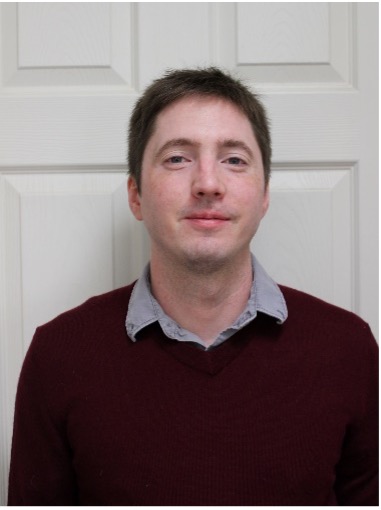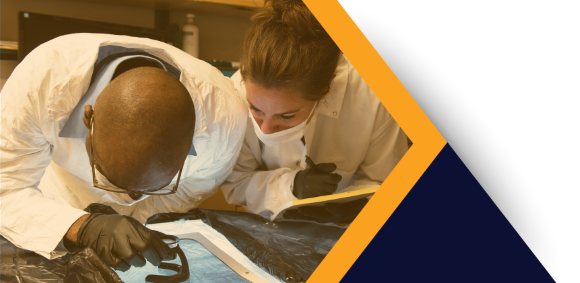Meet Justin Knight

Dr. Justin Knight
Advisor: Michael Hart
Institution: University of Arizona
Bio: Justin Knight recently graduated from the James C. Wyant College of Optical Sciences with his PhD on the topic of coronagraphs for high-contrast imaging under the supervision of Dr. Olivier Guyon. Currently Justin resides in Tucson, Arizona, working at the University of Arizona as an IC Postdoctoral Fellow on the topic of wavefront sensing comparisons for downward imaging satellite using adaptive optics systems to compensate for any degradations to image quality. Specifically, he is looking into the photon-noise limited regime of performance of wavefront sensors in comparison to the canonical Shack-Hartmann wavefront sensor. In his free time, he enjoys spending time with his fiancé Alesia and their three dogs Luna, Diego, and June.
Abstract: In a perfect adaptive optics (AO) system comprised of a corrector element and wavefront sensor (WFS), the performance is limited by photon noise in the wavefront estimate. This is true whether imaging point sources or extended scenes, where in either case the photon-noise sensitivity can be quantified for any WFS architecture. While a photon-noise sensitivity parameter has been established for point source imaging with many WFSs including the Shack-Hartmann WFS and pyramid WFS, the analysis of WFS performance is yet to be performed with respect to extended scenes such as those imaged by downward-looking satellites in Earth’s orbit. Presently, I am performing numerical simulations to examine the photon-noise sensitivity of extended-scene compatible WFSs; these include the Shack-Hartmann correlation tracker, the optical differentiation WFS, and other commonly used WFS architectures in astronomical and solar AO. Using a software suite known as high-contrast imaging in python, or hcipy, I am building the models for each WFS of interest to isolate and study the effect of varying levels of photon noise in a perfect AO system. Concurrently, I am updating the results of a photon-noise sensitivity parameter for point sources to include new or previously unconsidered WFSs from the original analysis published in literature. Following this work, the focus of the simulations is to add in details which better approximate the error and noise sources encountered from operating in a space environment; these include modeling thermally-induced wavefront errors in the form of low-order Zernike polynomials and additional noise sources on the detectors.



